As the world enters the third year of the COVID-19 pandemic, here are 5 trends that will further elevate the nutritive impact of food on our physical and mental health and wellbeing.
New Delhi: The therapeutic effect of food on our overall health has, perhaps, never been felt so deeply. As the world enters the third year of the COVID-19 pandemic, here are 5 trends that will further elevate the nutritive impact of food on our physical and mental health and wellbeing. Uma Prasad of The Organic World shares with us her top 5 food trends for this year.
In order to maximise output, several factory-based ghee manufacturers may not go through the traditional and healthy process of extracting ghee from makhan that is derived from curd. Instead they often buy cream or other types of fats in bulk and process them using machines to speed up production and output. While this helps in increased yield, the use of chemicals and heat means this ghee can be lower in nutritional value as compared to the traditional, hand-churned ghee – a time-tested, healing food, manufactured without the use of heat and using the traditional hand churned method.
Today, with growing awareness about raw materials and processes that impact the quality and nutrition of food, pure, hand-churned ghee is set to return as a staple across homes and kitchens. Several grocers, stocking clean and organic foods, are already offering home-churned ghee on their shelves.
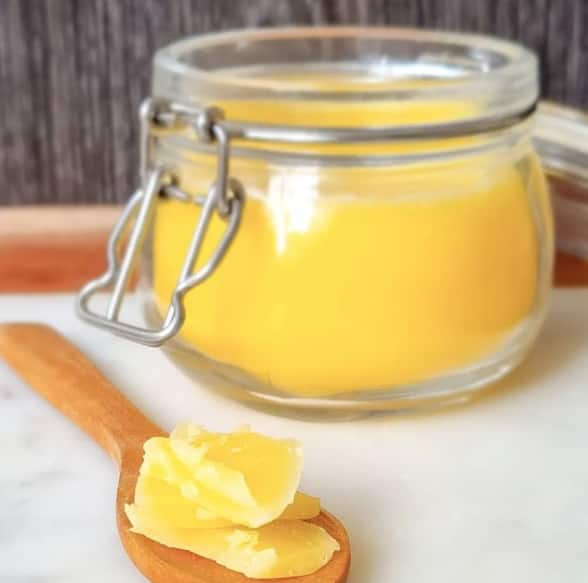
Food that is sourced from miles away is often high on chemical preservatives to ensure that it doesn’t go stale. For instance, sodium orthophenylphenate (SOPP) and thiabendazole (TBZ) are used to prevent and delay visible moulds, while kinins and kinetics keep your greens from turning yellow.
On the other hand, locally-grown food can reach you within hours of being picked; its natural goodness and nutrient value are uncontaminated by chemicals. They are likely to be in their naturally ripe state. This is important from a health perspective given that once fresh produce is plucked, cells begin to shrink and nutrients start to deplete soon after.
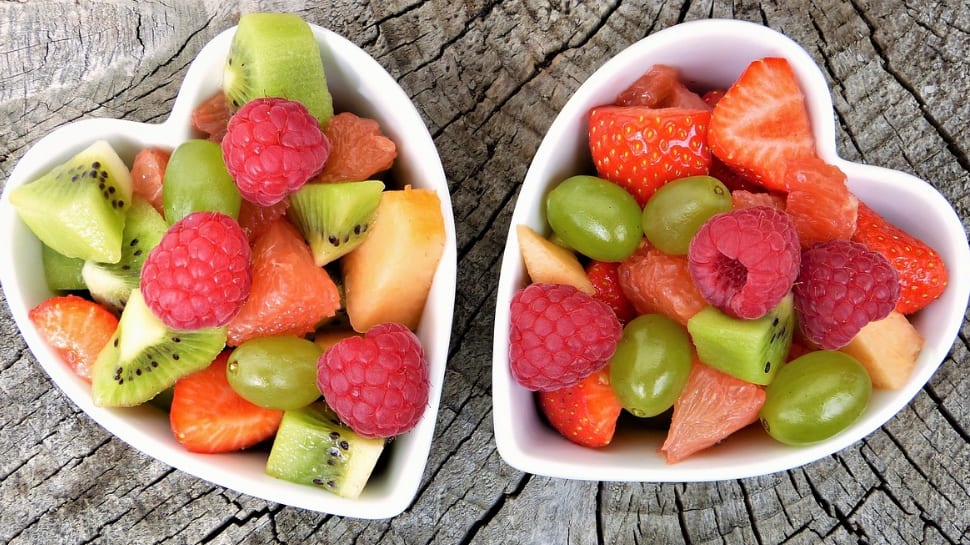
Wholesome and traditional snacks
Nuts and seeds are some of the most powerful immunity-boosting foods. It is about time we start opting for snacks that are more innate to our regional cultures and prepared using the goodness of nuts, seeds, and millets. How about some aliv laddoos and makhana chikkis?
Most traditional snack recipes are based on seasons and therefore, provide us with the nutrition and strength we need to keep pace with the changing rhythms of nature. For instance, jaggery, an extensive blood purifier, and gond, a strong source of Vitamin D, are frequently used as binding ingredients in traditional winter snack recipes to restore strength and vitality.
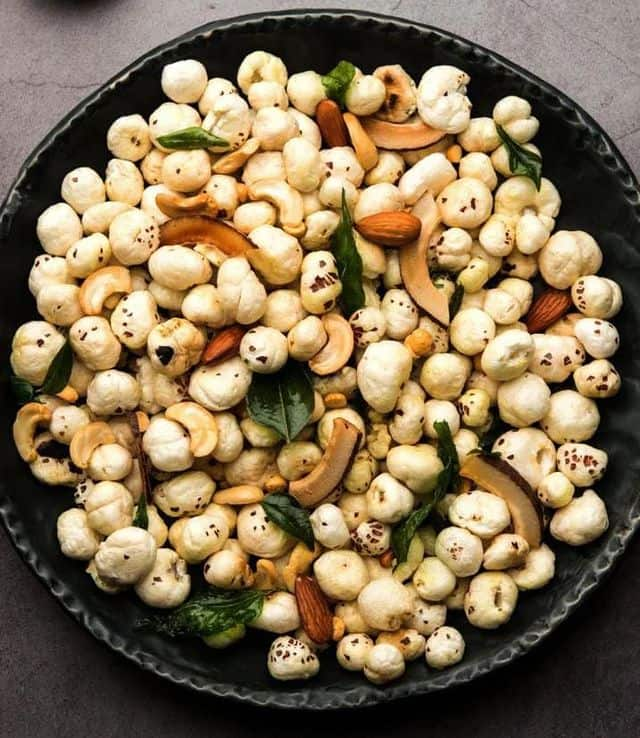
Organic and clean foods
If you pick up a packet of your favourite conventional crisps and read the label of ingredients, chances are you may see palm oil. In your shampoo label you may see parabens and sulfates. Your favourite cream cheese may have carrageenan. It is staggering to see how many chemicals we now encounter across various touchpoints in our everyday life. Studies have suggested that some of these chemicals could be linked to adverse health effects.
Understandably, an increasing number of consumers are replacing groceries having artificial preservatives and harmful chemicals with better choices – be it clean foods, organic produce, or foods that offer wholesome nutrition. It is important for consumers to choose food that is transparent, natural and understand the harmful effects of chemical laden ingredients – the only path to a more conscious, natural and healthier lifestyle.
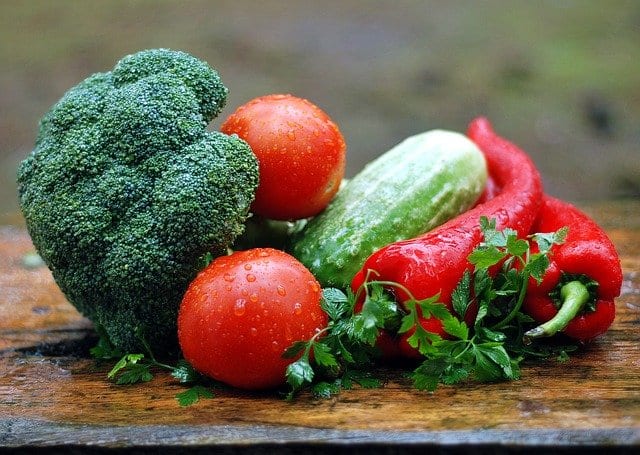
Cold-pressed oils for everyday cooking
Processed and refined oils will make way for cold-pressed oils obtained from seeds and nuts – right from sunflower and mustard to rice bran and groundnuts. They will become more common in everyday cooking.
Cold-pressed oils are derived by crushing seeds and nuts at a slow speed and at room temperature to release optimal output, without damaging their innate flavour or nutrition. That way, the oils retain maximum goodness. That’s not the case when oils are processed at excessively high temperatures for quick and high-volume output. They lose their natural properties, including nutritive elements. Also, they have to undergo processes such as hydrogenation, which change the natural chemical composition of oils, including good fats. This poses health risks, particularly when such oils are consumed on a regular basis.
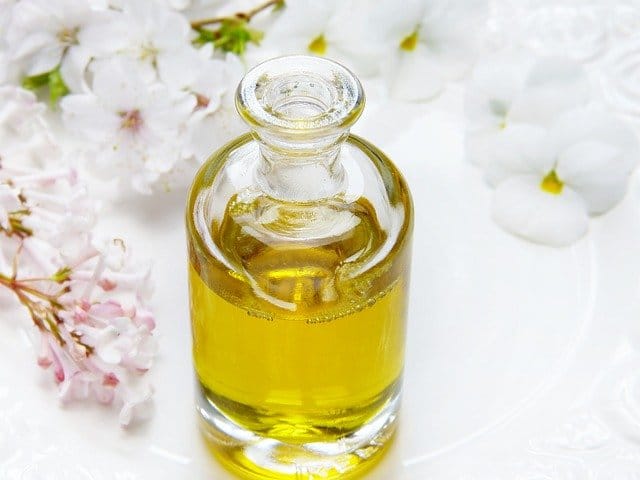
The big picture
What will truly set 2022 apart from its predecessors in terms of food trends is the underlying theme. From a community solely focused on the experience of food, we will evolve into one that equally cares about what goes into its making and how it impacts the quality of our food and our long-term health.



































